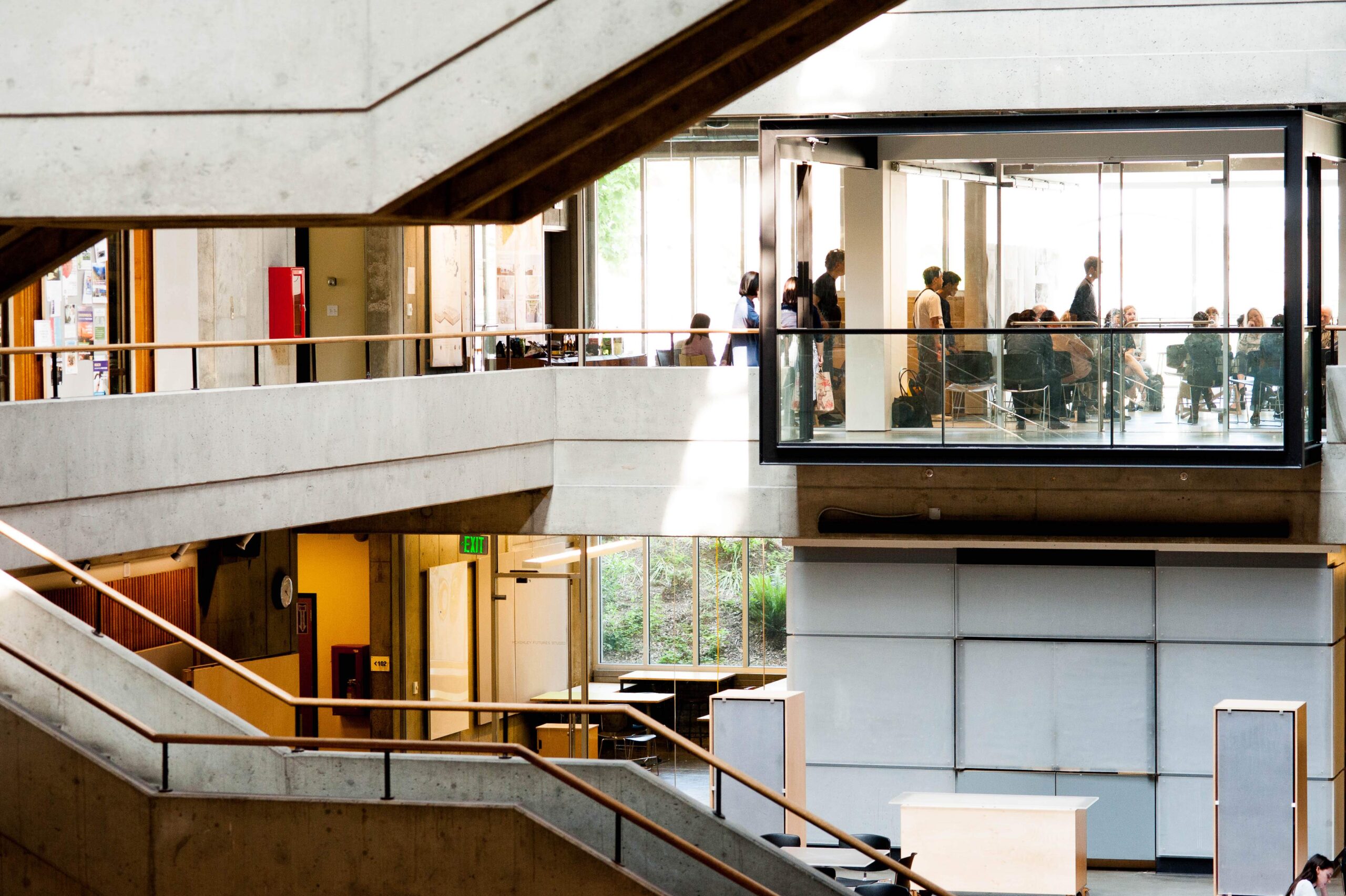October 28, 2020
Economic impact of office transformation due to COVID-19
COVID-19 spread from person-to-person through airborne droplets (WHO1) creates significant challenges for the office workplaces/buildings, which led to their closures by governors’ mandates. The question now becomes, how would office buildings become safer through workplace transformation, maintain their competitiveness as well as the area’s, while companies reassess their physical vs. virtual footprint? The combination of remote working (56% of current workforce), the perception of potential infection risk of returning office occupants to their buildings (51% of survey respondents) and government regulation (CDC4) is motivating companies to implement safety measures (83% of CFOs) and reconfigure the workplace (73% of CFOs). The goal of office building managers/owners is to maintain the safety/wellbeing of their occupants with the type of COVID-19 spread requiring a layered safety approach to alleviate occupant safety concerns. The implementation of visible measures will additionally maintain the building values allowing the surrounding area to thrive.
In response, this research aims to investigate: 1) compliant strategies of office layouts with respect to physical distancing; 2) economic impact of mitigated layouts to buildings as well as surrounding community and their future recovery; and 3) recovery actions through innovative building codes against future pandemics. As this is an empirical forecast study for downtown Seattle, we aim to 1) integrate spatial and economic analysis of physical distancing in office buildings and their surrounding area by comparing office and health sector building codes in the US and abroad, and then 2) plan on making recommendations on how the area can maintain safety and vitality.

